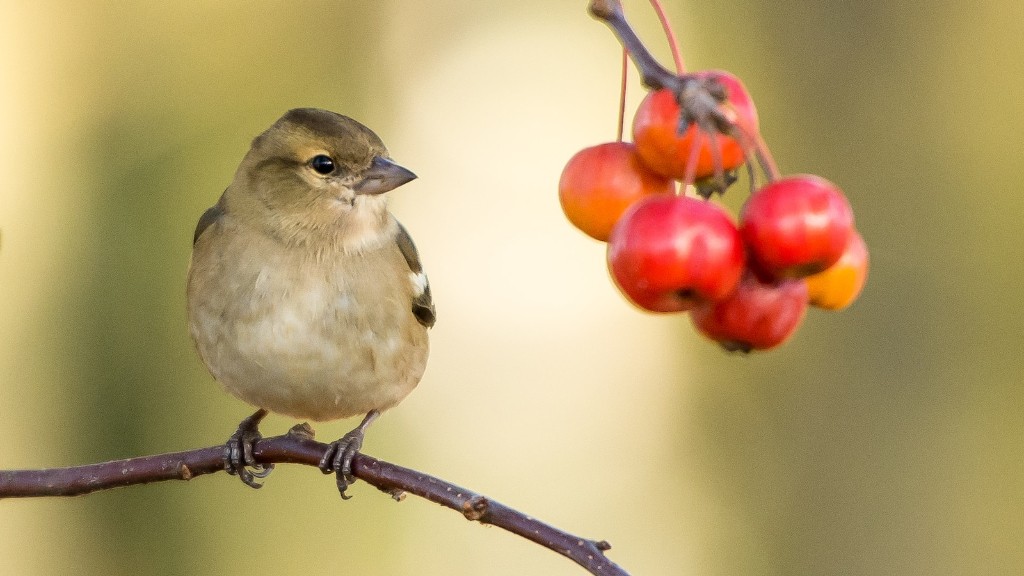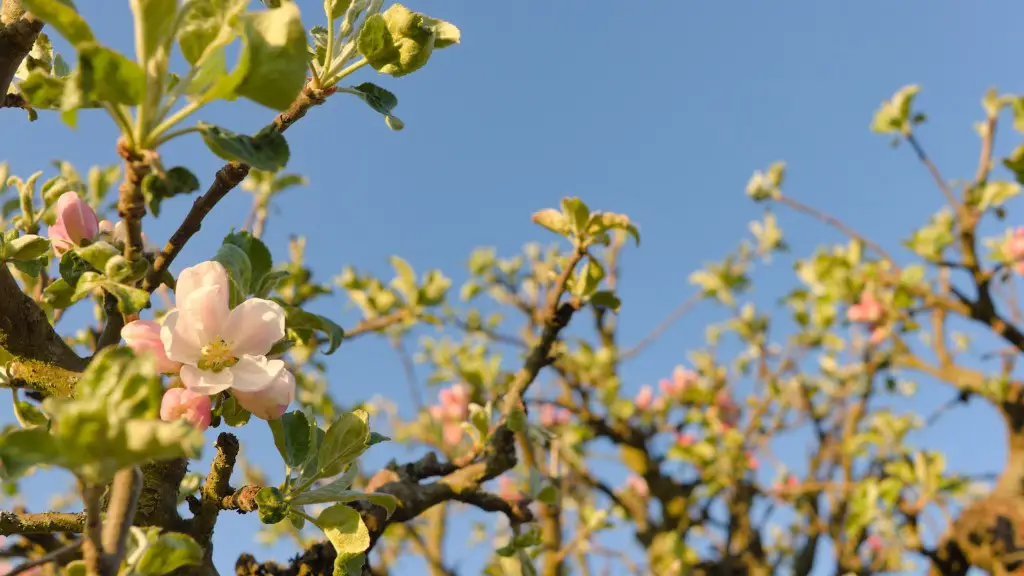Weeping cherry trees have a graceful, elegant look to them, with dangling branches drooping in a U shape. They add an ornamental appeal to any landscape and can brighten up a garden for a long time to come. But if you want to ensure that your weeping cherry tree remains healthy, you need to make sure that you’re providing it with the best care and maintenance possible. Fertilizing the weeping cherry tree is an important part of keeping it healthy, so here are some tips on how to do it properly.
There are a few key elements that you should keep in mind when fertilizing your weeping cherry tree. Firstly, you should choose a fertilizer that is specific to fruit trees. The best one to use is an all-purpose fertilizer with an N-P-K ratio of 8-8-8. This fertilizer will contain all of the essential nutrients that your weeping cherry tree needs to remain healthy and vigorous.
Next, you need to take into account the age and condition of the tree before you start fertilizing. If the tree is still young, there’s no need to fertilize at all, as the root system isn’t strong enough to absorb the fertilizer yet. Once the tree is a few years old, start fertilizing twice a year – once in the spring and once in the fall, when the tree is at it most active. If the tree is showing signs of distress, such as yellowing leaves or stunted growth, it might be necessary to apply fertilizer more often.
When it comes to the actual application of fertilizer, the recommended dose for a mature weeping cherry tree is around 4 to 6 pounds. Spread the fertilizer around the circumference of the tree and make sure it’s evenly distributed. Water the fertilizer in well to ensure that it’s absorbed properly into the soil. You may need to apply fertilizer more often if the soil isn’t particularly fertile.
Finally, make sure to monitor your tree constantly. Check for any signs of distress and adjust your fertilizer regimen accordingly. Consider consulting a professional if the tree isn’t showing signs of improvement, as they may be able to offer more specific advice.
Mulching
Mulching is an important part of taking care of a weeping cherry tree. Apply a layer of mulch around the tree in spring after the last frost. This will help to retain moisture and also to keep weeds from growing around the base of the tree. Mulch can also help to create a more stable temperature for the tree and provide essential nutrients for the soil.
In order to mulch properly, you should use a coarse material such as wood chips or shavings. Be sure to spread the mulch at least three inches away from the trunk of the tree and only two inches away from the sides. It’s important to leave some space between the mulch and the tree, as too much contact may cause rot or fungi. You should also replenish the mulch every once in a while as it will start to decompose over time.
Watering
Weeping cherry trees require a lot of water, so it’s important to make sure that you’re providing your tree with enough. During the first few weeks of the growing season, you should water the tree every day. After that, reduce the amount of water to twice a week. During hot weather, the tree may require more water, so keep an eye out for signs of wilting or drooping leaves.
Another important thing to keep in mind is the amount of water you’re giving the tree. If you’re giving it too much, the ground may become oversaturated, leading to root rot. On the other hand, if you’re giving it too little, the tree may end up stressed and become prone to diseases. Make sure to monitor the amount of water you’re giving the tree and adjust accordingly.
Pruning
Weeping cherry trees need to be pruned regularly in order to remain healthy and vigorous. Pruning can help to prevent the tree from becoming top heavy and it can also help to promote better flowering and fruiting. You should prune the tree in late winter or early spring, just before the buds start to open.
When pruning, it’s important to make sure that all of the dead, diseased or broken branches are removed. This will help to ensure that the tree remains healthy and strong. You should also remove any branches that are crossing or growing too close together. This will help to give the tree a more aesthetic shape, as well as allowing more light and air to reach all parts of the tree.
Caring for Dead Branches
Although you should attempt to remove dead or diseased branches as soon as possible, there may be times when they remain on the tree. In this case, you should use a pruner to cut off the dead branch close to the trunk of the tree. Make sure to seal the cut with a pruning sealer as soon as possible to prevent disease and pests from entering the tree.
When caring for dead branches, it’s important to make sure that you don’t cut too deeply into the trunk, as this can cause damage to the tree and lead to further complications. Don’t use any chemicals on the tree – instead, use a natural solution such as rubbing alcohol or neem oil to help prevent the spread of disease.
Pest Control
Weeping cherry trees are prone to infestations, so it’s important to monitor for any signs of pests on a regular basis. If you notice any pests on the tree, use an appropriate solution to get rid of them. Pesticides, natural solutions and insecticidal soaps are all effective methods of controlling pests. If the infestation is severe, it might be necessary to contact a professional.
You can also take preventative measures to protect your weeping cherry tree against pests. Make sure to keep the tree free of debris and keep the area around the tree well-weeded. This will reduce the chance of an infestation, as pests prefer moisture and lush climates. Consider spraying the tree with a natural insect repellent in the spring and late summer to help keep pests away.
Disease Control
Weeping cherry trees are susceptible to disease, so it’s important to watch for any signs of infection. Common diseases that can affect weeping cherry trees include leaf spot, blight and root rot. If you notice any abnormalities or discoloration on the leaves or branches of the tree, contact a professional for advice.
In order to prevent disease, it’s important to keep the tree healthy and vigorous. Make sure it’s getting enough moisture, fertilizing and pruning. You should also keep an eye out for any pests, as they can spread disease to the tree. If you notice any signs of infection, promptly treat the tree with the appropriate solution.
Overwintering
Weeping cherry trees are usually hardy enough to survive even the coldest of winters, but there are some steps that should be taken in order to prepare for the cold weather. Consider wrapping the tree in burlap in late fall or early winter to help protect it from frost. This will help to keep the tree warm and can help reduce the chance of damage.
It’s also important to water the tree every few weeks in winter. This will help to keep the soil moist and maintain the health of the tree. If the temperature drops below freezing, make sure to cover the tree with a blanket or tarp to provide additional protection. Finally, make sure to remove any winter protection once spring arrives and the last frost has passed.

